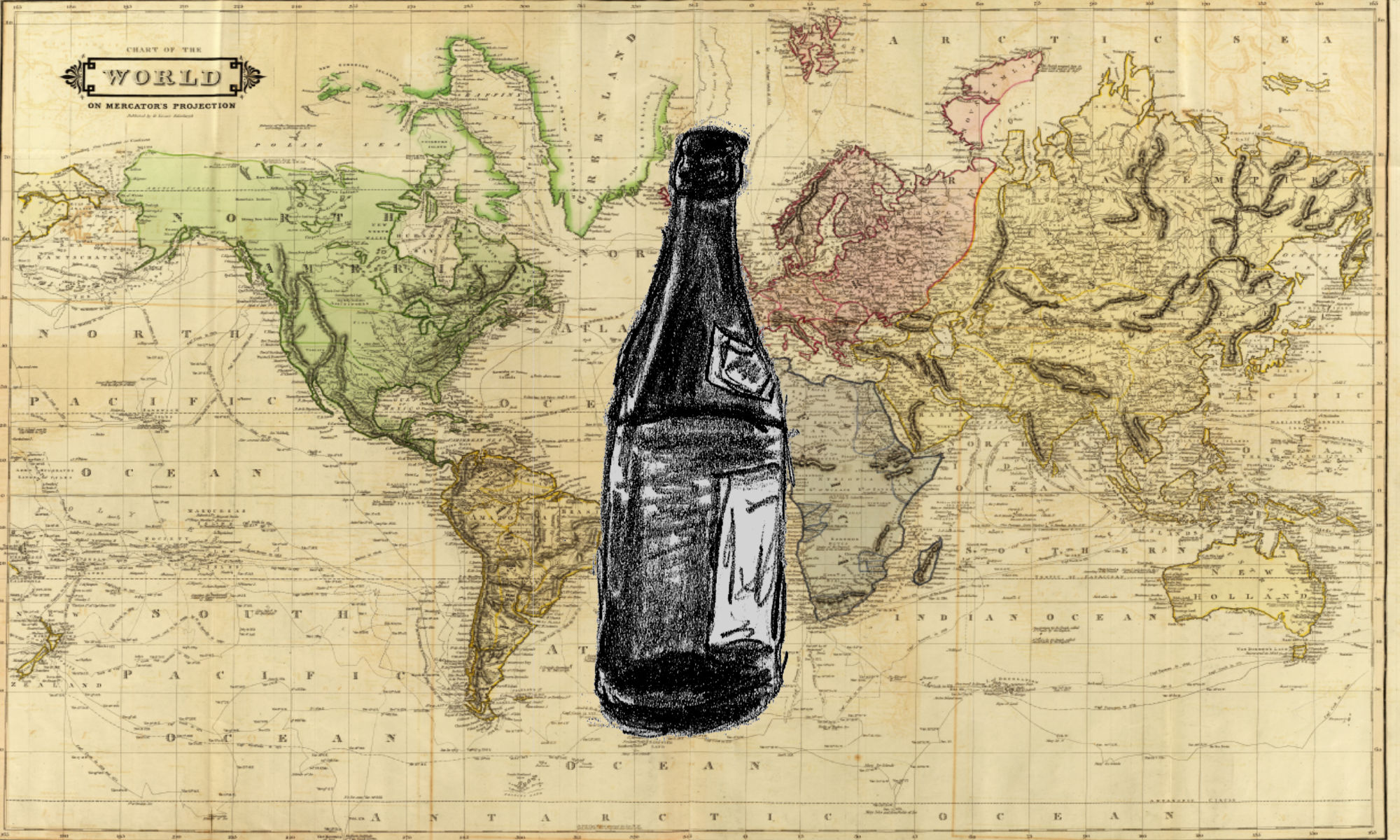The jagged mountainsides and lush valleys of Costa Rica are dotted with small fields of sugar cane, and have been for centuries. The distillation of cane juice into rum has been practiced throughout Latin America and the Caribbean for ages, but in some special places they distill it into something much more akin to vodka. This delightful and surprising concoction is Guaro.
If you’ve been alternating between baking in the blistering sun and riding blissfully along the rolling waves that grace the surf of the Nicoya Penninsula on the Pacific side of Costa Rica, and you find yourself at a local Soda (a Costa Rican “bar”), you may be presented with some Guaro. You will likely have to ask for it, since tourist types are generally offered the drinks they tend to buy, like daiquiris (actually from Cuba) or Margaritas (Mexico) or beer. But if you ask for Guaro, the nod of recognition alone is worth the price of the shot. But be aware, the Costa Rican government nationalized production of Guaro in 1851 to try to stop bootlegging. In 2019 there were apparently 19 deaths in Costa Rica tied to consuming illicit and tainted Guaro. So get the real stuff.

This is not a spirit with a powerful character. It will not assault your senses with smoke, vanilla, peat, or fruit-forward aromas. It tastes like what would happen if you put some reasonably good vodka into an empty rum bottle, sang a pirate sea shanty to it, then poured it into a shot glass. To my tongue, the star of this show is the limón. These gorgeous little buggers grow everywhere and have a unique flavor somewhere between lemon, lime, and sour orange. Taste the Guaro, chase it with a quick suck on a limón slice, let your senses drink it all in. The waves are kissing the beach, the jungle is humming with life, the howler monkeys are grunting and barking their way through the trees, and your mosquito bites no longer itch as the citrus and Guaro gently pulse comfort through your veins.
If you’re feeling brave, follow it with another, or a chilled Imperial beer (the Costa Rican beer, and another blog entry for another time) and then hit the muddy trail to the nearby waterfalls for a swim. Just watch out for the howler monkeys, as their primary reaction to seeing people below them is to piss downward. Easy enough to avoid, but good to know about. Pura vida!












